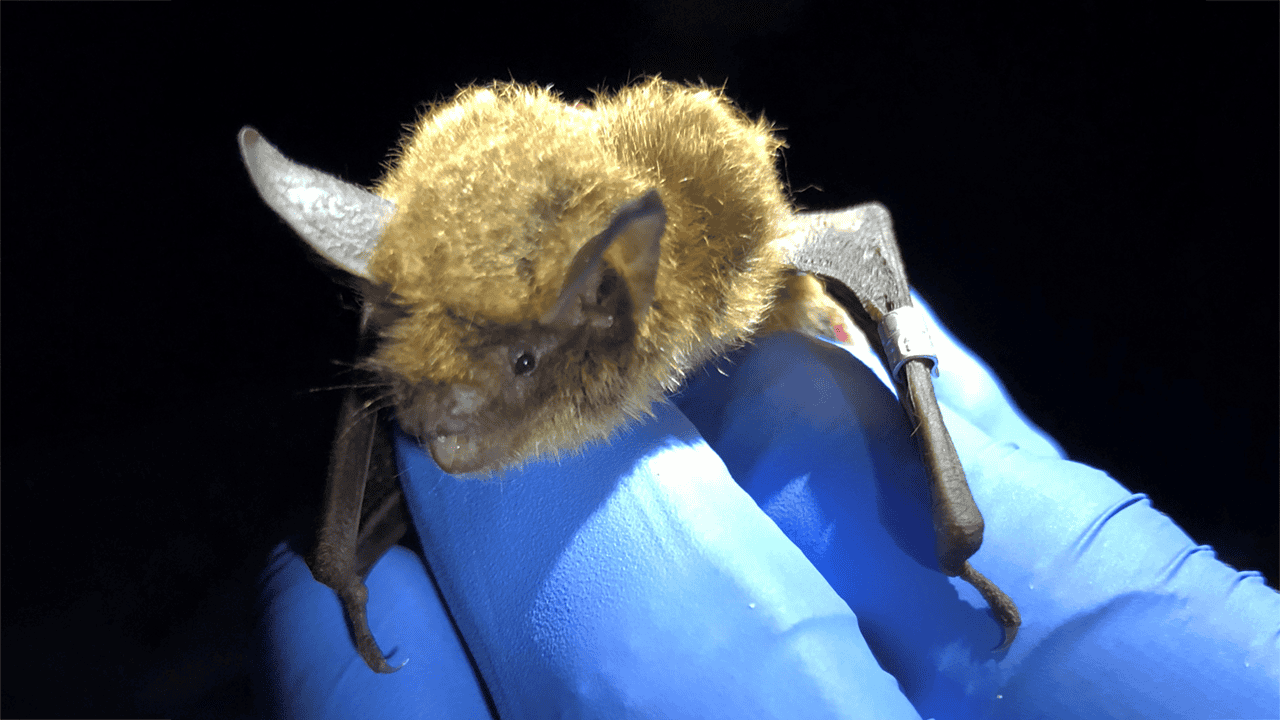Bat Conservation and Management

JACKSONVILLE, FL / The Southeastern and mid-Atlantic United States are home to 24 species of bats. Six species are federally- or state-listed, and additional species have shown large population declines due to habitat loss and White-Nose Syndrome (WNS). Endangered and threatened bat species include:
- Florida bonneted bat
- Gray bat
- Indiana bat
- Ozark big-eared bat
- Virginia big-eared bat
- Northern long-eared bat
This syndrome, caused by the fungus Pseudogymnoasus destructans, disrupts bat hibernation, usually resulting in malnourishment or dehydration. The condition has a 75%-100% mortality rate and its spread has been known to be assisted by humans.
The Florida bonneted bat is affected by WNS, habitat loss, insect decline from pesticides and low reproductive capacity, and they have all been attributed to its decline. This bat is listed as a Candidate under the ESA by USFWS, and as State Endangered. They are only documented within 5 counties in south Florida.











